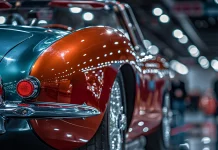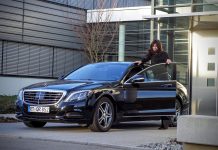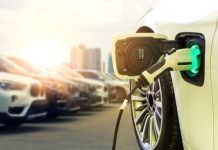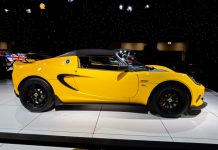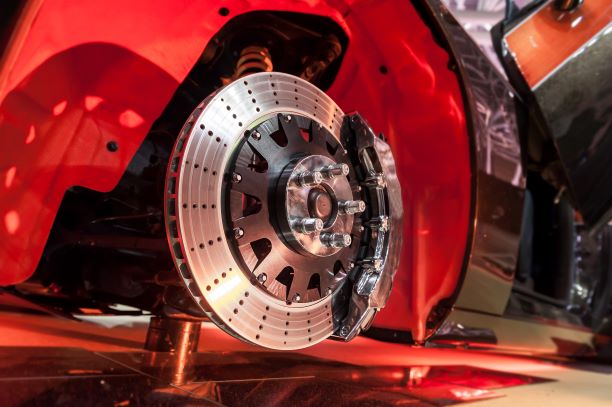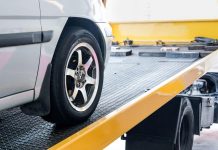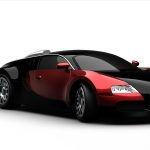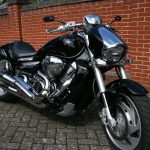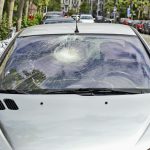Generally, brakes utilize a kind of friction that is produced between two surfaces pressed together to convert the Kinetic energy of the moving object into heat, though other processes of energy conversion may be employed. As regenerative braking makes much of the energy into electrical energy, which may be stored for later use. Other processes can convert kinetic energy into potential energy in such stored forms as pressurized air or pressurized oil. Eddy current brakes use magnetic fields to convert kinetic energy into electric current in the brake disc, fin, or rail, which can be converted into heat. Still, other braking processes even transform kinetic energy into different forms, for instance by transferring the energy to a rotating flywheel.
Brake system guides are applied to rotating axles or wheels, but may also take various forms such as the surface of a moving fluid (flaps deployed into water or air). Some kinds of vehicles utilize a combination of braking mechanisms, such as drag racing cars with both wheel brakes and a parachute, or aeroplanes with both wheel brakes and drag flaps that are raised into the air during landing. You can also find Onlinecarparts.co.uk of these wheels.
Types of wheels
Brakes may be broadly briefed as using friction, pumping, or electromagnetics.
Frictional
Hardly the term “friction brake” is used to refer to pad/shoe brakes and excludes hydrodynamic brakes, even though hydrodynamic brakes use friction. Common composition involves shoes that contract to rub on the outside of a rotating drum, such as a band brake; a rotating drum with shoes that expand to rub the inner side of a drum, known as “drum brake”. As other brakes are used, but less often. For instance, PCC trolley brakes involve a flat shoe which is a clasp to the rail with an electromagnet; the Murphy brake pinches a rotating drum, and the Ausco Lambert disc brake utilizes a hollow disc (two parallel discs with a structural bridge) with shoes that sit between the disc surfaces and expand laterally.
Pumping
Pumping brakes are commonly used where a pump is already part of the machinery. For instance, an internal-combustion piston motor may have the fuel supply stopped, and then internal pumping losses of the engine can make some braking. There are engines that use a valve override called a Jake brake to greatly increase pumping losses. You can find some diesel/electric railroad locomotives that are utilizing the electric motors to create electricity which is then sent to a resistor bank and dumped as heat. There are vehicles, such as some transit buses, that do not already have an electric motor within but use a secondary “retarder” brake that is effectively a better generator with an internal short-circuit. Related sorts of such a brake are eddy current brakes and electro-mechanical brakes.
Electromagnetic brakes slow an object through electromagnetic induction, which produces resistance and in turn either heat or electricity. Friction brakes perform pressure on two separate objects to slow the vehicle in a controlled manner.


